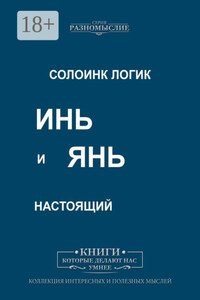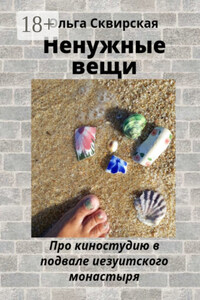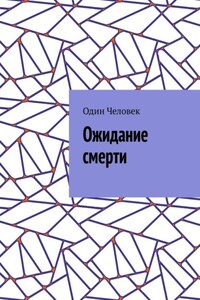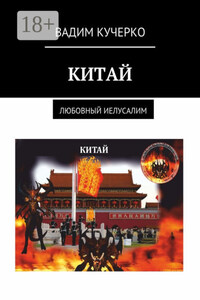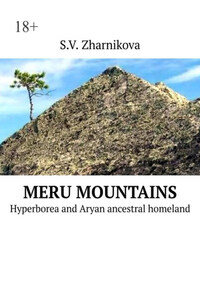An outstanding researcher of the Russian North A. Zhuravsky wrote in 1911: “In the” childhood “of mankind – the basis for knowledge and direction of the future paths of mankind. In the eras of the” childhood of Russia "– the path to knowledge of Russia, to control knowledge of those historical phenomena of our modernity that it seems to us fatally complex and not subordinate to the ruling will of the people, but the roots, which are simple and elementary, like the initial cell of a complex organism. The embryos of social “evils” are in the personalities of everyone and everyone. the experiences of the grizzled past, and the closer we get to the embryos of this past, the more consciously, more truly and more confidently we will go forward… It is the history of “childhood of mankind”, namely ethnography, that will help us to know the logical laws of natural progress and consciously, and not blindly, go forward and to move our people forward ourselves, for ethnography and history are the ways to know that “past”, without which it is impossible to apply the knowledge of the present to the knowledge of the future. Turning to the millennial depths of the historical memory of the people, we, first of all, will try to reveal, more objectively, those similarities and analogies in the sphere of the spiritual life of the Slavs and Indo-Iranians that go back deep into these millennia. I would like to start the analysis from the works of folk arts and crafts-weaving, embroidery and woodcarving that existed in the Russian North, on the one hand, and similar works of folk art of modern Indo-Iranian peoples, on the other. The connecting thread between these two regions, so remote today, will be that numerous archaeological materials, starting from the Upper Paleolithic period and ending with the developed Middle Ages, from the vast territories of Eurasia, which modern historical science has. The basis for such comparisons is that ethnographic materials, in particular abusive weaving, embroidery, and woodcarving, which existed in the Vologda and Arkhangelsk provinces until the beginning of the 20th century, indicate the preservation, albeit in a relict form, of the memory of ancient Slavic-Indo-Iranian contacts, or rather – kinship. Analogies of ornamental compositions characteristic of the mentioned types of folk applied art can be found, on the one hand, in the extreme south of the Slavic area: in Bulgaria, Yugoslavia, as well as in Western Ukraine and the Dnieper. On the other hand, such ornamental complexes are characteristic of the folk art of Ossetians, mountain Balkarians, Armenians, Tajiks of the Pamirs, Nuristanis of Afghanistan, the peoples of North India and Iran. In addition, as noted earlier, the specific hydronyms, dialectological archaisms present in the Russian North, have numerous analogies in Yugoslavia, Bulgaria, Western Ukraine and the Dnieper, on the one hand, and in Central, South-West and South Asia, on the other.

